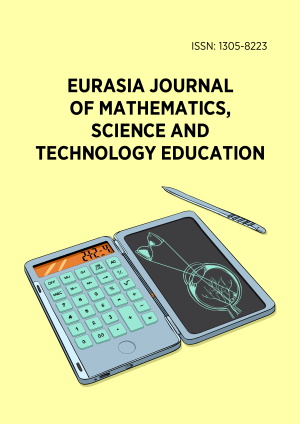Abstract
The incorporation of real-world contexts into mathematical problems has become increasingly significant on a global scale, which is also reflected in Vietnamese education reform. This emphasis has resulted in the development of different series of textbooks designed to enhance student engagement and foster active learning through real-world problem contexts. In particular, the geometry and measurement strand presents substantial opportunities for the integration of contexts. In this study, we investigate the theoretical foundations of contexts, context familiarity, and context authenticity in mathematics education, with a focus on the plane geometry content in ninth-grade Vietnamese textbooks. The analysis is supported by four illustrative examples drawn from three reformed textbook series, demonstrating how context familiarity and authenticity are represented. A 5-point Likert-type survey of 109 students (72 males and 37 females) revealed that the soccer context was rated as less familiar than the airplane context overall, with no significant difference in familiarity ratings between boys and girls. Both the bike-riding and tripod contexts were rated as moderately authentic but not highly so. The authors also acknowledge several limitations and offers certain recommendations for future research in the area of contextual mathematics education.
License
This is an open access article distributed under the Creative Commons Attribution License which permits unrestricted use, distribution, and reproduction in any medium, provided the original work is properly cited.
Article Type: Research Article
EURASIA J Math Sci Tech Ed, Volume 21, Issue 8, August 2025, Article No: em2676
https://doi.org/10.29333/ejmste/16657
Publication date: 01 Aug 2025
Online publication date: 28 Jul 2025
Article Views: 1721
Article Downloads: 1910
Open Access References How to cite this article
 Full Text (PDF)
Full Text (PDF)